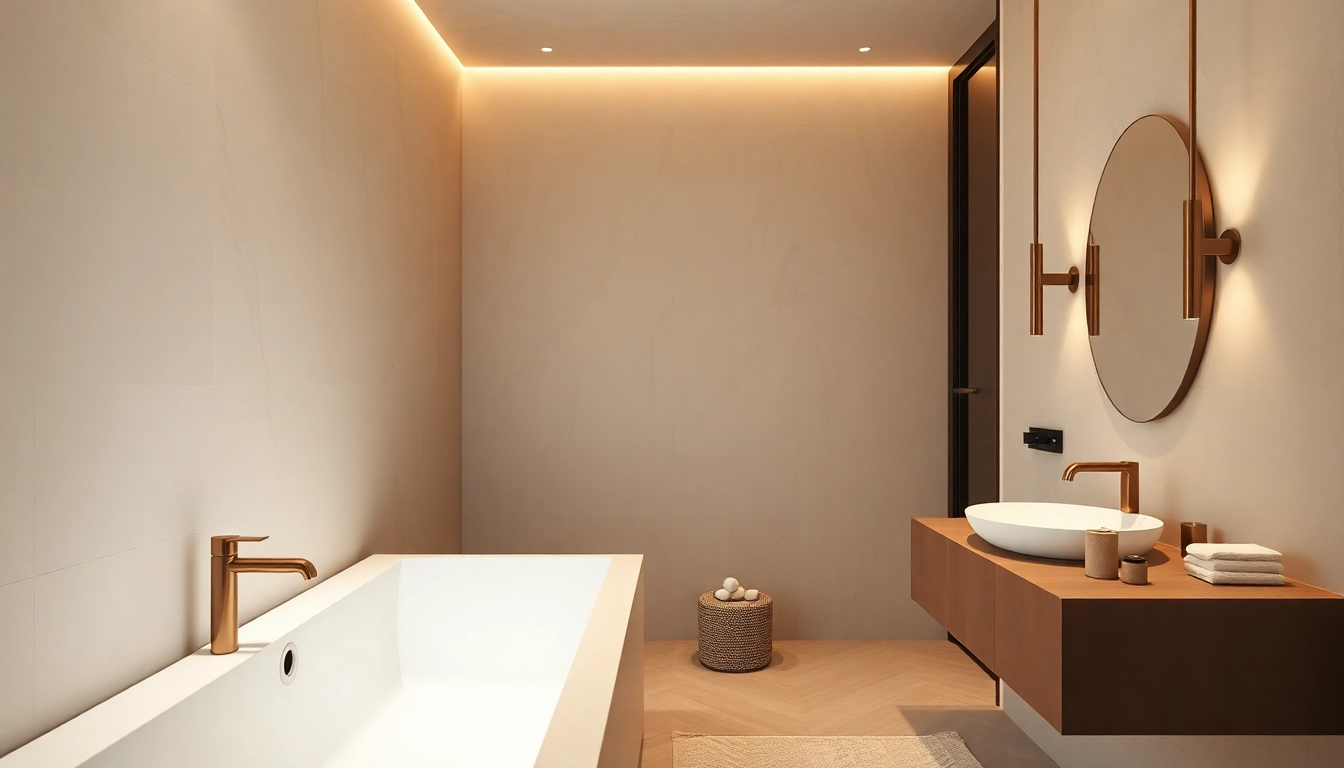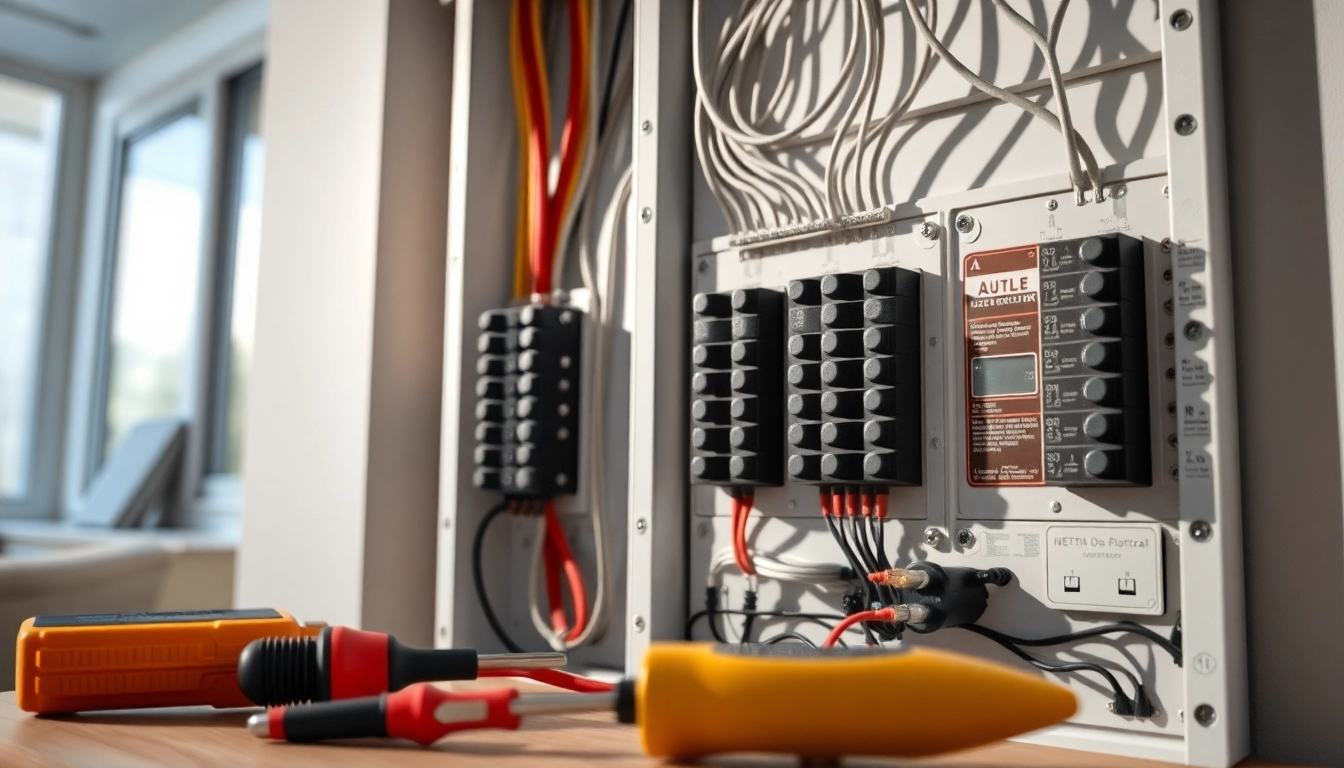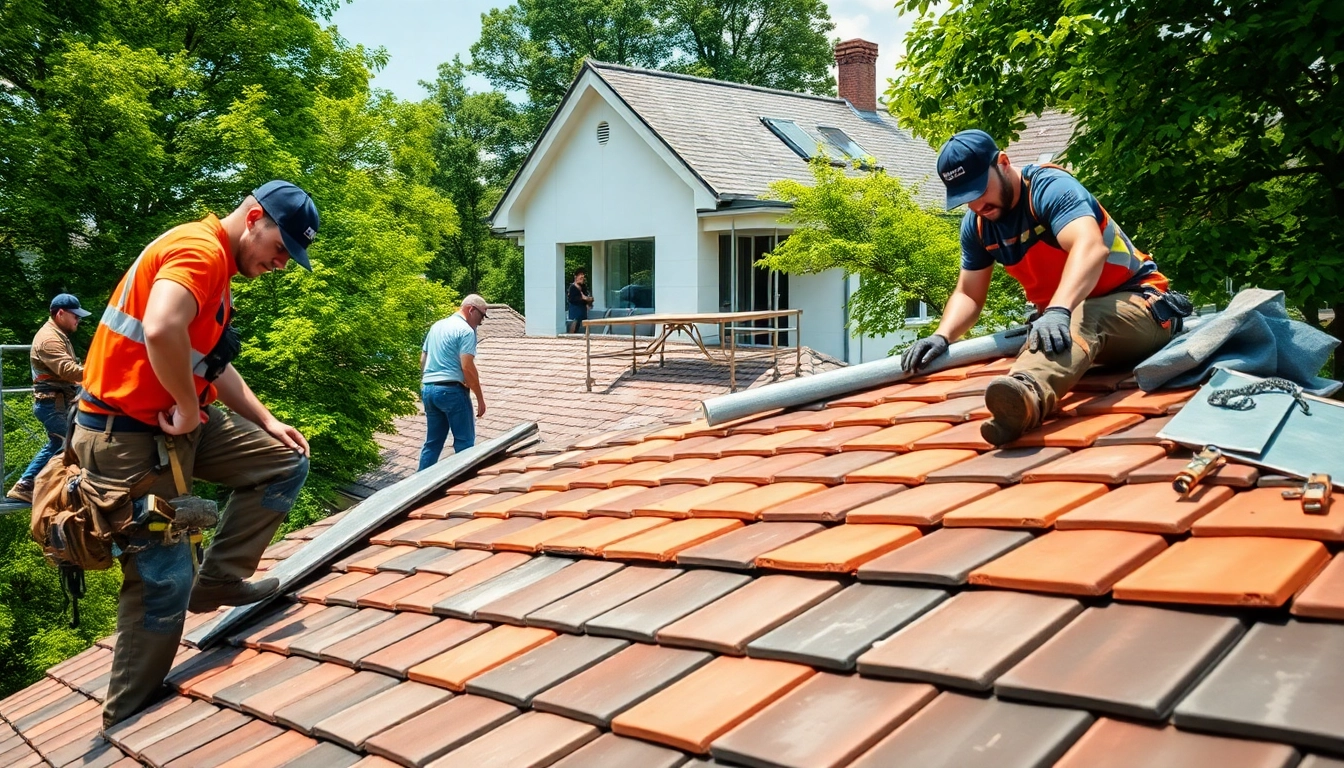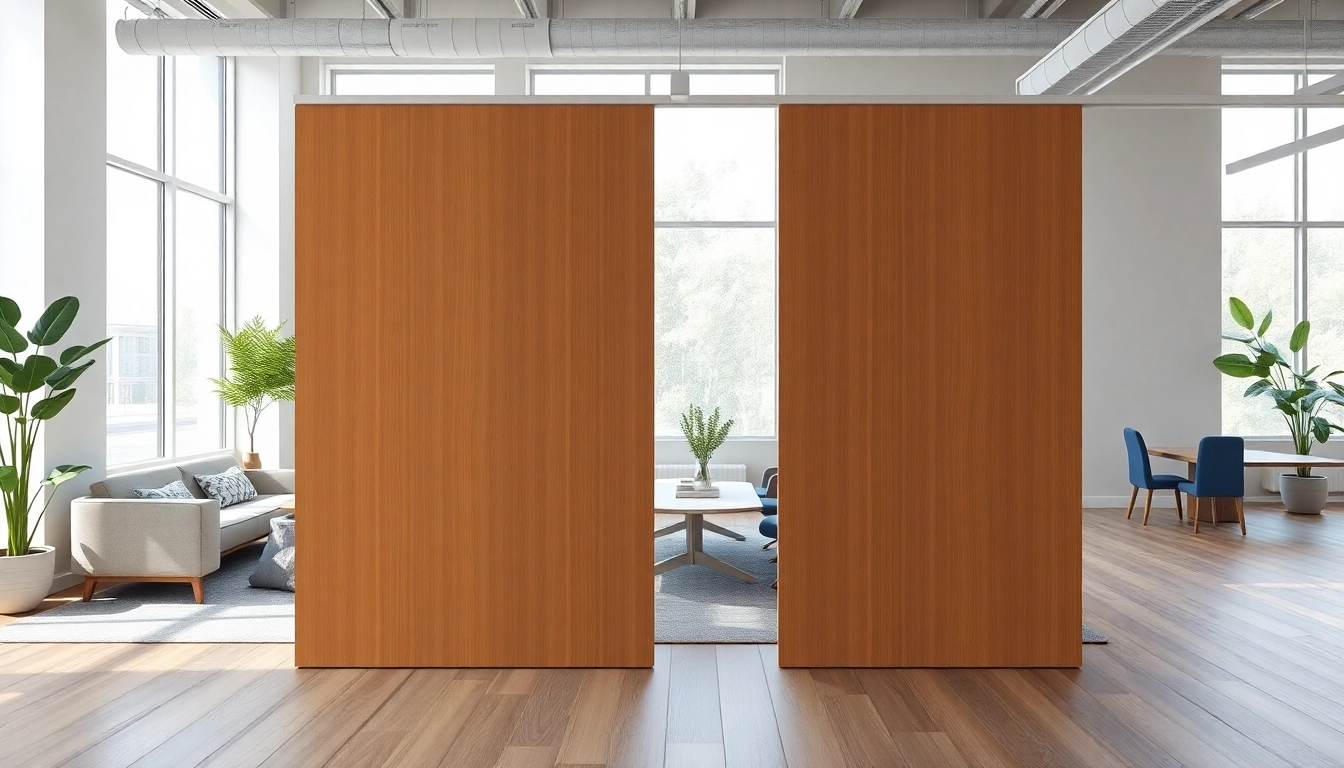Understanding Bathroom Renovation Needs
Renovating a bathroom is an exciting yet challenging endeavor that requires careful planning and consideration. It’s not merely about throwing a new coat of paint on the walls; it involves making strategic decisions that align with both your functional needs and aesthetic preferences. Understanding your unique requirements is the first step toward a successful transformation. When searching for bathroom renovation near me, it’s essential to clarify your specific goals and expectations in order to establish a clear vision for the project.
Identifying Your Style Preferences
Your bathroom should reflect your personal style while also meeting practical needs. Begin by exploring styles that resonate with you—be it modern, traditional, rustic, or minimalist. Gather inspiration from various sources including home design magazines, websites, or social media platforms like Pinterest and Instagram. Create a mood board highlighting colors, fixtures, and designs that appeal to you.
Additionally, consider the overall theme of your home. The bathroom’s design should harmoniously blend with adjacent spaces for a cohesive look. If you’re leaning towards contemporary design, think about sleek lines, neutral colors, and smart fixtures. Alternatively, if your home has a vintage character, consider antique finishes or cerulean tiles that evoke charm.
Common Bathroom Layout Challenges
Bathroom layouts can often present challenges due to space limitations or existing plumbing configurations. Recognizing these obstacles early will save you time and frustration during the renovation process. Common issues include:
- Space Constraints: Small bathrooms often require creative solutions, such as utilizing vertical space for storage.
- Fixture Placement: Changing the location of sinks or toilets can be costly due to plumbing work, so it’s advisable to keep existing plumbing when possible.
- Accessibility: Ensure that the design accommodates all users, particularly if anyone in the household has mobility issues.
Working with a professional can help you address these challenges effectively, ensuring your renovation meets your needs while maximizing the potential of your space.
Setting a Realistic Budget
Establishing a budget is crucial to avoid overspending and ensuing disappointment during your bathroom renovation. Determine the overall budget limit by incorporating potential costs for materials, labor, and unexpected expenses. A helpful starting point is to allocate funds based on the primary areas of focus, such as:
- Labor Costs: This can account for 20-35% of your total budget depending on the complexity of the project.
- Materials: Choosing higher quality fittings or eco-friendly materials can increase costs but also enhance durability and aesthetics.
- Contingency Fund: Set aside at least 10-20% of your budget to handle any unforeseen issues that may arise during the renovation, such as mold removal or plumbing repairs.
Creating a detailed budget will help guide your decisions and ensure your renovation aligns with your financial capabilities. Don’t hesitate to discuss your budget openly with contractors; they can often provide valuable advice or alternatives to reduce costs.
Exploring Local Bathroom Renovation Options
Once you have a clear understanding of your needs, it’s time to explore local bathroom renovation options. Your geographical location can significantly influence your choices due to the availability of contractors, materials, and design inspiration.
Finding Trusted Contractors Near You
Finding a reliable contractor is vital for a successful renovation. Start by seeking recommendations from family, friends, or neighbors who have recently completed similar projects. Online review platforms and local listings are also invaluable resources for uncovering reputable professionals in your area. When vetting potential contractors, consider the following:
- Licenses and Insurance: Ensure that the contractor is licensed to operate in your region and has insurance to cover any damages or injuries.
- Portfolio: Review past work through a comprehensive portfolio to assess the contractor’s style and proficiency.
- References: Ask for references and seek feedback from previous clients regarding their experiences.
Interviews are critical—prepare questions that explore their experience, approach, and project timelines before making a decision.
Comparing Local Renovation Services
Once you’ve narrowed down your list of contractors, it’s essential to compare the services they offer. Different contractors may specialize in varying aspects of bathroom renovation, from high-end spa-like remodels to more budget-conscious refreshes. Key factors to consider include:
- Service Variety: Some contractors may provide comprehensive services, including design work, plumbing, and electrical, while others focus on specific trades.
- Warranties and Guarantees: Look for contractors who offer warranties on their work, as this reflects confidence in their craftsmanship and provides peace of mind.
- Communication: Evaluate how responsive and clear they are in their communication during your initial interactions. This can be indicative of how well they will manage the project overall.
Understanding Local Trends in Renovation
Locally available styles and trends can greatly influence your renovation. Each region may have distinct preferences ranging from materials to colors. It’s beneficial to keep an ear to the ground about popular trends in your area, especially if you plan to sell your home in the near future. Some trending elements you may want to integrate include:
- Smart Technology: Features like automated lighting, heated floors, and smart showers are becoming commonplace.
- Sustainable Materials: Eco-conscious renovations are on the rise, emphasizing energy-efficient fixtures and recycled materials.
- Open Layouts: As homeowners prioritize spaciousness, designs that advocate for open, airy concepts are becoming preferred.
Staying attuned to local trends allows your renovation to retain its value and appeal to future buyers.
Planning Your Bathroom Renovation Project
Effective planning is fundamental to a successful bathroom renovation. When everything is thoughtfully laid out, the actual execution will flow smoothly.
Creating a Detailed Renovation Plan
Once you’ve prioritized your needs and identified the contractors you want to work with, it’s time to create a detailed renovation plan. This document should serve as a roadmap for the project:
- Timeline: Outline a timeline that includes every phase of the renovation from design to installation.
- Design Elements: Specify your chosen designs and finishes, including color palettes, textures, and materials.
- Milestones: Mark important milestones where you will review progress, make adjustments, or meet with your contractor.
Permits and Regulations to Consider
Before embarking on your renovation, ensure you understand the necessary permits and local regulations in your area. Depending on the scope of your project, you may need to apply for permits for plumbing work, electrical installations, or structural alterations. Ignoring these requirements can lead to fines or delays, so:
- Check Local Codes: Review local building codes related to bathroom renovations to ensure compliance.
- Consult Your Contractor: A qualified contractor can often help navigate permit requirements and even handle them on your behalf.
Choosing the Right Materials and Fixtures
The materials and fixtures you select can impact the aesthetic, functionality, and longevity of your bathroom. Some considerations include:
- Durability: Choose materials that resist moisture and wear, such as porcelain tiles and stainless steel fixtures.
- Maintenance: Opt for easy-to-clean surfaces that require minimal upkeep, particularly for countertops and flooring.
- Water Efficiency: Look for water-saving fixtures which can reduce your water consumption and utility bills.
Conduct thorough research on products and brands to ensure you’re investing in quality items that will serve you well for years to come.
Executing a Bathroom Renovation Near Me
With thorough planning and preparation complete, it’s time to execute your bathroom renovation project. This stage can often be overwhelming, but with the right approach, it can turn out to be a rewarding experience.
Hiring Professionals vs. DIY Renovation
The debate between hiring professionals and undertaking a DIY approach remains a hot topic among homeowners. While DIY renovations can save money, they often come with their own set of challenges. Here are some pros and cons of each approach:
- Professionals: Skilled contractors bring expertise, efficiency, and a breadth of knowledge about potential pitfalls. They can save you time and ensure that the work meets local codes.
- DIY: If you’re handy and enjoy home improvement projects, DIY can be cost-effective. However, it requires careful skill and knowledge to avoid costly mistakes, as well as considerable time investment.
Evaluate your skill level, free time, and the complexity of the renovation when deciding how to proceed. Sometimes a hybrid approach works best—hiring professionals for demanding tasks while handling simpler jobs yourself.
Timeline Considerations for Your Project
Developing a realistic timeline is crucial for managing expectations throughout the renovation process. Changes in design, materials delays, or unforeseen complications can all extend the timeframe. Some tips for maintaining a smooth timeline include:
- Buffer Time: Build in some extra time for each phase to accommodate unexpected delays.
- Regular Updates: Communicate frequently with your contractor to stay informed about progress and any potential setbacks.
A well-structured timeline can help keep the project on track and minimize disruptions to your daily life.
Tips for a Smooth Renovation Process
Ensuring a smooth renovation process comes down to preparation and communication. Here are some practical tips:
- Prepare for Disruption: Recognize that renovations often disrupt daily routines, particularly in family homes. Plan accordingly by establishing alternative spaces to shower or use the restroom.
- Stay Organized: Keep all project documentation, including contracts, receipts, and permits, organized and accessible.
- Maintain Open Communication: Frequently check in with your contractor regarding project status and promptly address any concerns that arise.
By adhering to these practices, you can make the renovation journey far more manageable and even enjoyable.
Post-Renovation: Maintenance and Care
After successfully completing your bathroom renovation, it is crucial to focus on maintenance and care, ensuring your beautiful new space retains its appeal over the long term.
Maintaining Your Newly Renovated Bathroom
Keeping your renovated bathroom in pristine condition requires regular maintenance and cleaning practices. Incorporate the following into your routine:
- Regular Cleaning: Establish a routine cleaning schedule to prevent dirt, mildew, and soap scum buildup on surfaces.
- Check for Leaks: Regularly inspect plumbing fixtures for potential leaks or drips; catching these early can prevent water damage.
- Ventilation: Ensure your bathroom is well-ventilated to reduce humidity levels, preventing mold and mildew growth.
Prioritize maintaining your bathroom immediately after the renovation to safeguard your investment.
Updating and Upgrading for Longevity
Even a newly renovated bathroom will require periodic updating to remain functional and appealing. Consider the following:
- Evaluate Fixtures: Over time, replace outdated faucets, lighting, and accessories to enhance both function and style.
- Refinish Surfaces: Consider refinishing or resealing tiles and grouts regularly to maintain freshness and prolong their lifespan.
Staying proactive about updates will keep your bathroom vibrant and continue to meet the needs of your household over the years.
Metrics for Measuring Renovation Success
Assessing the success of your bathroom renovation project is vital to understanding whether your goals were met. Consider tracking the following metrics:
- Functionality: Does the new layout work better for your needs compared to before?
- Aesthetic Appeal: Are you satisfied with the overall look and atmosphere of the renovated space?
- Budget Adherence: Were you able to stay within your estimated budget, and are you satisfied with the ROI?
Taking time to reflect on these points will not only underscore the benefits of your renovation but also guide future home improvement projects.















Leave a Reply